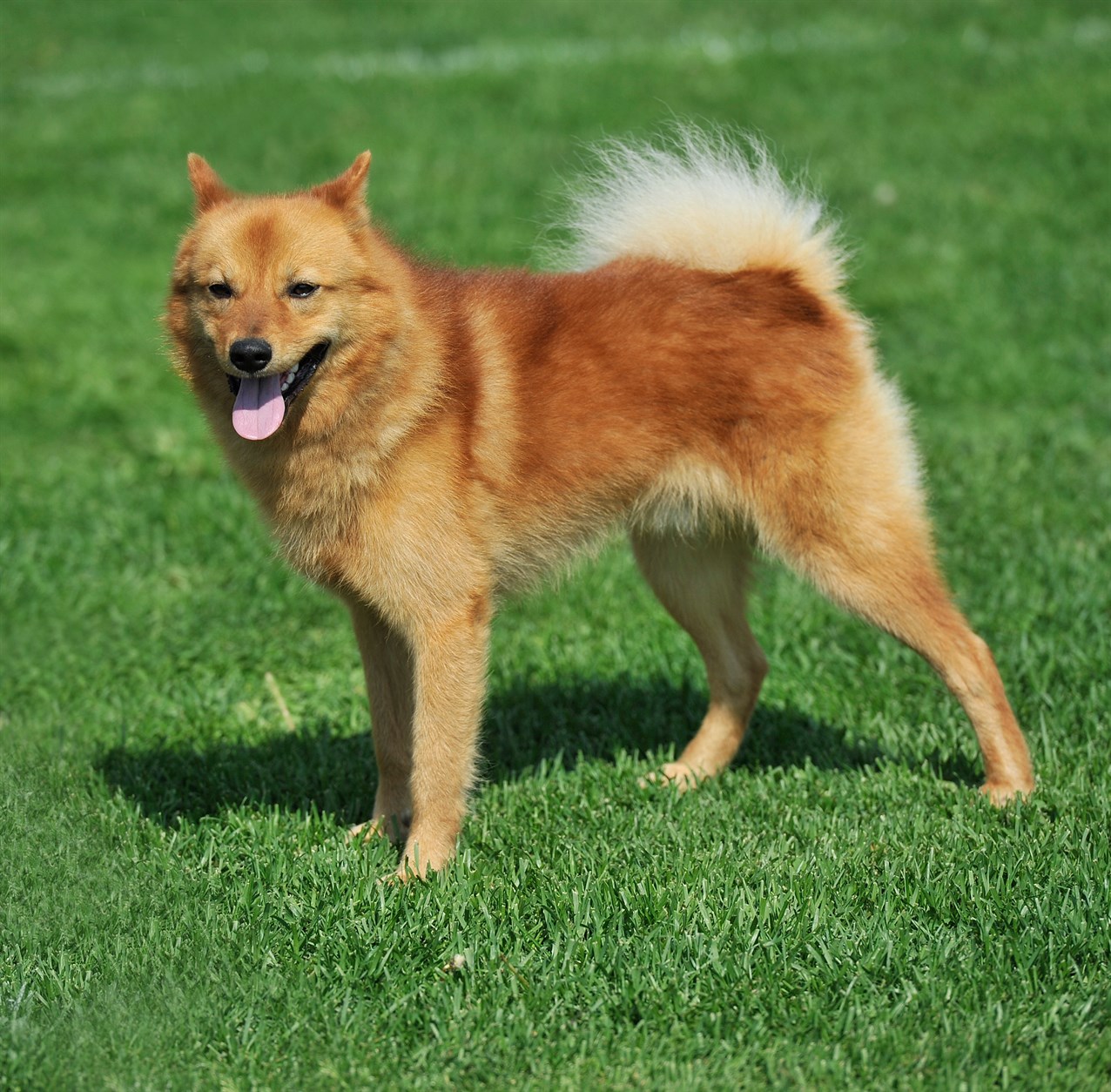Disadvantages and Downsides of Owning a Finnish Spitz

While Finnish Spitz can be wonderful companions for the right owner, it's important to consider the potential downsides and disadvantages of owning this breed. Here are some factors to keep in mind.
Independence and Stubbornness
Finnish Spitz are known for their independent and stubborn nature. This can make training challenging, especially for first-time dog owners. Consistent, positive reinforcement-based training is essential, but it may require extra patience and effort.
Exercise Requirements
Finnish Spitz have high energy levels and require regular exercise to stay happy and healthy. If their exercise needs are not met, they may become restless and engage in undesirable behaviours.
Separation Anxiety
Finnish Spitz are prone to separation anxiety. They form strong bonds with their owners and can become anxious when left alone for extended periods. This can lead to destructive behaviour and excessive barking.
Vocalisation
Finnish Spitz are known for their distinctive vocalisations, including barking and "yodelling." They can be quite vocal, which may not be suitable for people living in close quarters with neighbours who are sensitive to noise.
Grooming Needs
The Finnish Spitz has a dense double coat that sheds seasonally. They require regular brushing to manage shedding and prevent matting. This breed may not be suitable for individuals with allergies or those who dislike grooming tasks.
Prey Drive
Finnish Spitz have a strong prey drive and may be prone to chasing after small animals, including squirrels and birds. This can be a concern if you live in an area with abundant wildlife or if you have other small pets.
Not Hypoallergenic
Finnish Spitz are not considered hypoallergenic, and people with dog allergies may react to their dander and shedding.
Limited Availability
Finnish Spitz may not be readily available from breeders in all areas, which can make finding a reputable breeder more challenging.
Not Ideal for First-Time Owners
Due to their independent nature and training challenges, Finnish Spitz may not be the best choice for first-time dog owners. Experienced dog owners who understand positive reinforcement training methods may have better success.
Size
While Finnish Spitz are not large dogs, they are not tiny either. Their medium size may not be suitable for individuals or families with limited living space.
In conclusion, while Finnish Spitz can make loyal and affectionate companions for the right owner, it's important to be aware of their potential downsides and consider whether their characteristics align with your lifestyle, experience level, and preferences. Careful research, proper training, and a commitment to meeting their exercise and socialisation needs can help mitigate some of these disadvantages and ensure a happy and harmonious relationship with your Finnish Spitz.
Finnish Spitz puppies for sale
- Find Finnish Spitz puppies for sale in ACT
- Find Finnish Spitz puppies for sale in NSW
- Find Finnish Spitz puppies for sale in NT
- Find Finnish Spitz puppies for sale in QLD
- Find Finnish Spitz puppies for sale in SA
- Find Finnish Spitz puppies for sale in TAS
- Find Finnish Spitz puppies for sale in VIC
- Find Finnish Spitz puppies for sale in WA